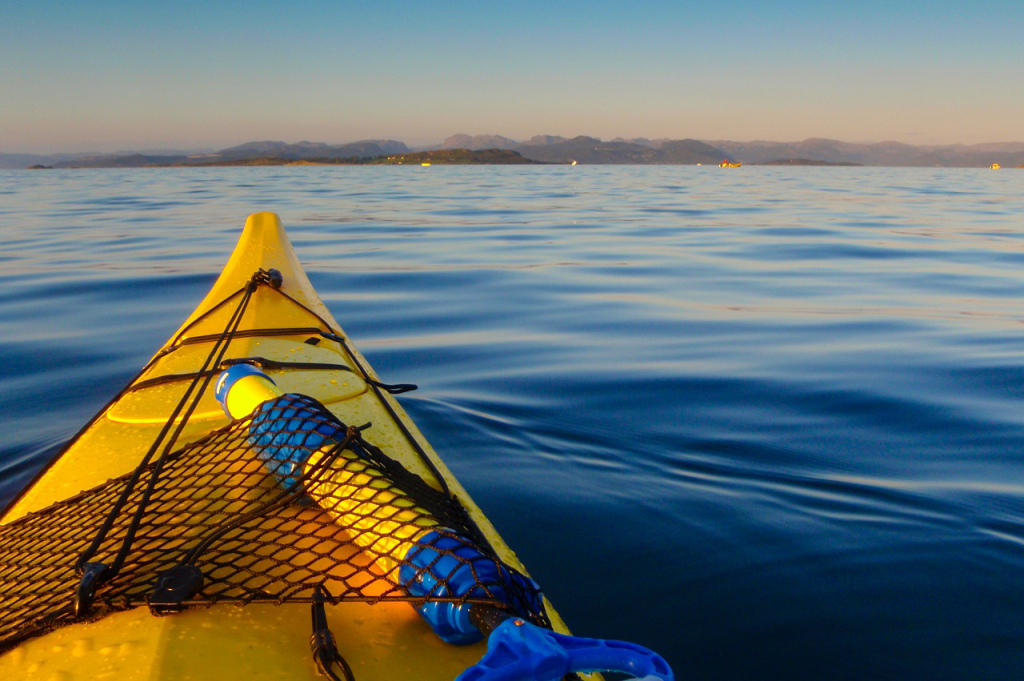|
As we approach the summer season, the desire to want cool off in the pool or open water increases. Unfortunately, so does the number of childhood drownings. Among the various settings where childhood drownings can occur, open water drowning is the most common. It is extremely important to always keep an eye on your children when playing and swimming in the water because most open water drownings occur when children are already in the water playing.1 It is important to be aware of the dangers associated with swimming in open water. Keep these hidden hazards in mind when trying to protect your family:

- Currents and Tides: Currents in rivers and creeks can be fast moving. Some currents are not visible and are often under the water’s surface. This is very different than pool swimming. Do not try to fight or try to swim against the current.
- Limited visibility: Lakes and ponds are often murky. This can cause it to be hard to see if a child falls in. For this reason, it is important to always keep an eye on your children.
- Potential depth dangers: Typically, open water areas do not have depth markers. This means that families are unaware of how deep the water can actually run. Open water areas can also have sudden drop-off areas.
- Check the weather: Open water temperatures varies from the temperatures in pool water. They are often colder than pool water and can affect the swimmer’s body and confidence.
Tips to Keep your children safe:
- Rotating water watcher duty: Assign an adult to be the water watcher and rotate this job while your children are in the water. Consider rotating in and out every 15-20 minutes.
- Always keep an eye on your child while in the water: It is important to keep young children at an arm’s length. Older children who are stronger swimmers should always have a partner.
- Teach children that open water swimming is different than swimming in a pool: Open water swimming typically has uneven surfaces and possible sudden drop offs.
- Learn basic water rescue skills and CPR: Learning CPR can be valuable skill that applies to swimming in both the open water and the pool.
- Use a life jacket: Consider buying your child a U.S. Coast Guard approved life jacket that is appropriate for your child’s weight and the water activity.
- Feet protection: Due to the murkiness of the water, make sure your child has on either water shoes or aqua socks to protect their feet from hidden rocks and logs.
- Make sure your child knows how to swim: It is important to teach your child how to swim. Consider enrolling him or her in swim lessons to boost their confidence.
It is important to know the hidden hazards of open water swimming and how to keep your children and families safe
1. https://www.safekids.org/sites/default/files/water_safety_study_2018.pdf
2 https://www.cdc.gov/healthywater/swimming/oceans-lakes-rivers/index.html
3 https://kidshealth.org/en/parents/water-safety-outdoors.html
4 https://www.usms.org/fitness-and-training/articles-and-videos/articles/safety-tips-for-open-water-swimming?Oldid=2759#:~:text=Always%20keep%20an%20eye%20on,be%20tricky%20to%20do%20well.
|
